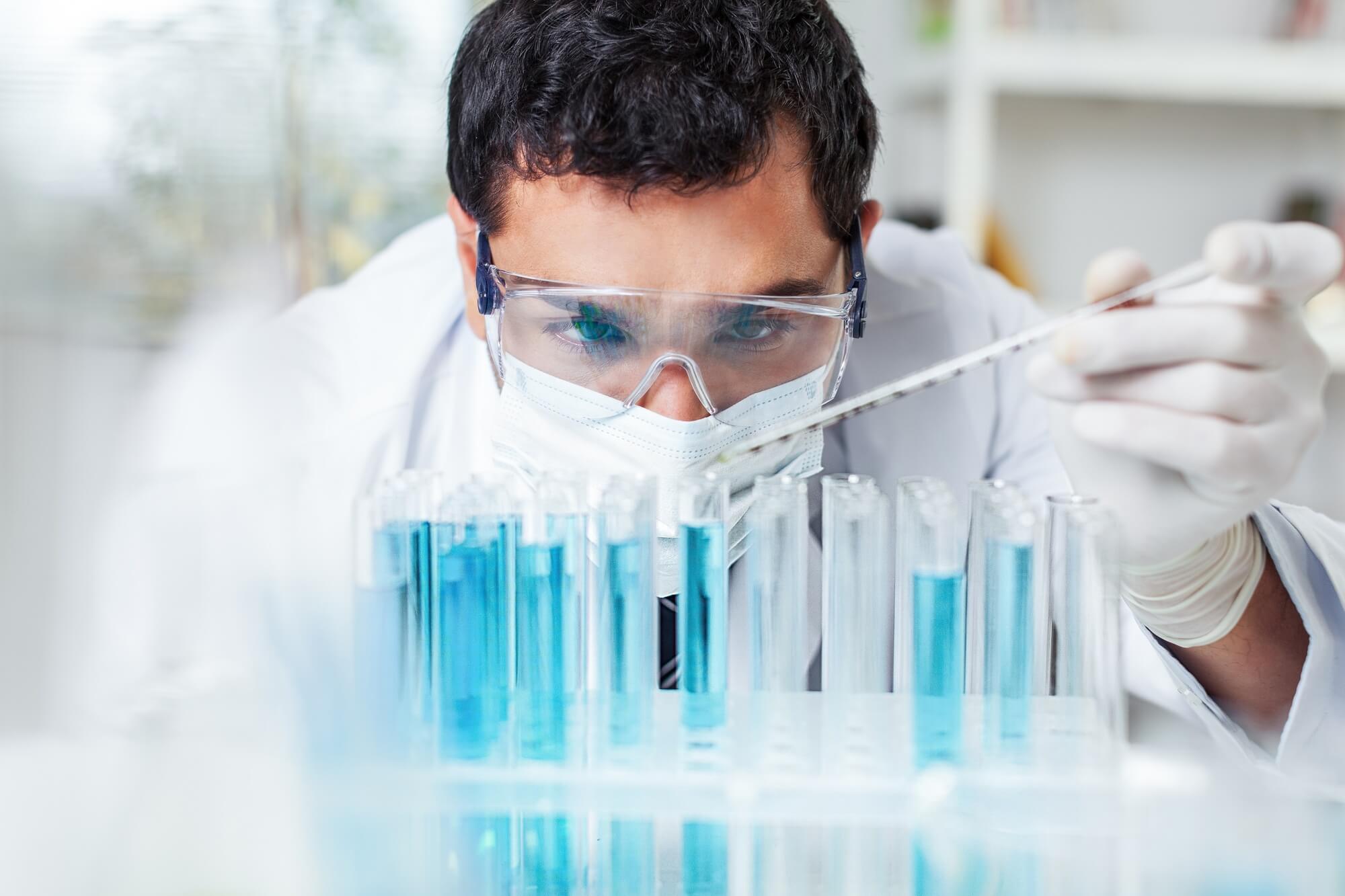
August 27, 2020
What Is Temperature Control in Fertility Labs and Why Is It Important?
At least one million babies were born in the U.S. through IVF or other assisted reproductive technology from 1987-2015. Such a successful number comes down to a variety of factors, including temperature.
What is temperature control and how does it affect IVF and other fertility labs? It plays a big role in fostering embryo development. Changes in temperature and environment can lead to lasting damage and embryo deterioration.
Find out everything you need to know about temperature control. Our guide shows how it can affect your lab performance.
What is Temperature Control?
Temperature control is the process of maintaining a stable environment. It can also include temperature, acidity, and humidity. The environment depends on your labs’ needs, and it varies in industries like pharmaceuticals, food labs, and fertility labs.
To control your temperature, you’ll need a climate control strategy. You’ll also need some type of temperature control system. Air conditioning and heating are essential to temperature control. You may also need insulation, ventilation, temperature monitoring, and specialized equipment.
One big variable in temperature control is your external environment. For example, temperature control for an Arizona lab in the summertime may look very different from maintaining a lab in Washington. Understanding your lab needs and the environment is the best place to start when evaluating your temperature control.
Fertility Labs Need a Consistent Temperature
Fertility labs with embryos need to house them at a standard temperature around 37°C or 98.6°F, which is about the average human body temperature. In these conditions, the environment can more accurately mimic the human body. The temperature range is ideal to help foster embryo growth and development.
When it comes to humidity, there isn’t a standard optimal range for labs to follow. Some research shows that embryos cultured in a non-humidified environment tend to develop better than those in a humidified incubator. Given the latest research and evidence, fertility labs should operate in a relatively warm and dry environment.
Effects of Temperature in Fertility Labs
Many scientists have researched the effects of temperature on embryo development. For fertility labs, the research helps show the detrimental effects that can happen when there isn’t a temperature-controlled environment.
One study showed that just a 2-2.5°C change in temperature for an hour had lasting effects on the central nervous system. Other effects on embryos include growth rate, physical development, metabolic rate, mortality, and more.
Temperature can also affect equipment performance and fertility lab results. One study showed how room temperature could have an effect on equipment temperature. By altering equipment temperature, it can also affect assisted reproductive technology (ART) procedures.
How to Ensure Proper Temperature Control
Given the research available, it’s clear that fertility labs near temperature control at a variety of levels. Your lab should maintain the proper temperature for equipment, embryos, samples, staff, and more.
The best way you can ensure proper control is through a temperature monitoring system. The system can take care of sensing changes in the environment and sending alerts.
Before choosing a temperature control system, determine your needs. The size of your lab and staff will all play a role in the type of system you choose.
Without a monitoring system, you may need to rely on manual monitoring, which is subject to error. Your monitoring system may include the following elements below.
Wi-Fi Temperature Monitoring
Wi-Fi sensors allow the quickest way to monitor your lab temperature. Through internet connectivity, the sensors can detect and deliver alerts to a dashboard. There, you can view your temperature data and additional diagnostics.
Since the environment has such a big effect on lab results, you can also use the Wi-Fi capabilities to view detailed reports and graphs. Access your environmental data if there’s ever concern that it affected your work.
Through Wi-Fi connectivity, you can also set up real-time user alerts. Receive texts, calls or emails whenever the temperature changes. You can also choose to receive alerts if something else affects your lab environment. Wi-Fi capability lets you access your temperature control from anywhere. It makes it easier to manage in the long run.
Automatic Temperature Control
Automatic temperature control is key to maintaining your lab. Without automatic control, consider what might happen if the temperature changes in the middle of the night. You may get an alert, but you wouldn’t be able to adjust the temperature in time.
Automatic temperature control maintains your target range through managing everything, including:
- Humidity
- CO2 levels
- Open and closed doors
- Pressure
- Water leaks
Pressure Monitoring
Monitoring pressure is essential since it affects temperature and the laboratory environment. If your monitoring system includes differential pressure, it can analyze a difference in pressure. Usually, it will measure pressure between your lab and the outside space or building.
Monitoring differential pressure is important for your HVAC system. It can help it work more efficiently to reach your desired lab temperature. Differential pressure monitors assess the following:
- Volume of airflow
- Channel pressure
- Room pressure
- HVAC filters
Investing in Temperature Control
So, what is temperature control infertility and cryogenics labs? It plays an essential role in making sure your product and equipment are working how they should. Without temperature control, you wouldn’t be able to work with your samples or conduct safe procedures.
Within fertility and IVF labs, temperature also has a direct effect on developing embryos. Maintaining a stable environment is critical to eliminating growth defects and more.
To make sure your lab is updated with the latest technology, contact us today. We carry temperature monitoring systems that meet multiple lab standards.